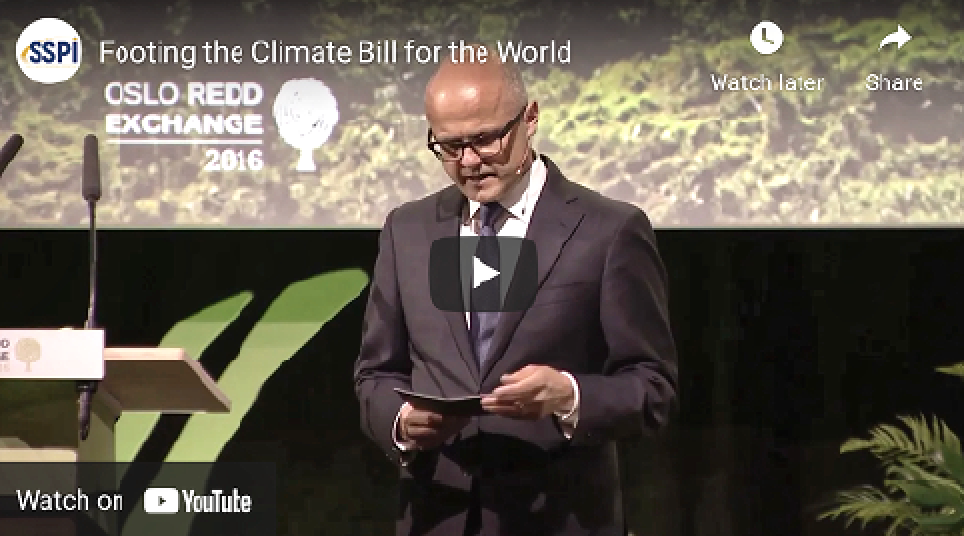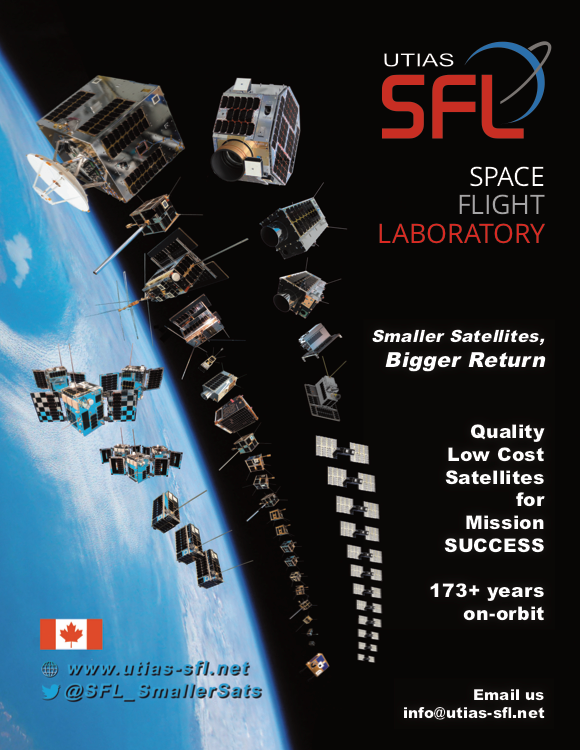The vast forests of the tropics are givers of life. Eighty percent of the Earth’s land animals and plants live there, and more than 250 million of the world’s poorest people make their livings from the forest.
Forests matter.
The trees of the Amazon produce one-fifth of the oxygen we breathe.
All of the world’s forests keep more than 200 billion tons of carbon out of the atmosphere.
However, every year, fire, bulldozers and lumber crews clear millions of hectares of forests — an area bigger than New Zealand. In just the last 40 years, the world has lost a forest area equal in size to all of Europe.
Halting deforestation is difficult. The poor people most affected by deforestation have little power to change things. Much of this wreckage breaks national laws — overstretched governments struggle to stop it.
Leaving Forests Alone
One nation, however, stands out in the fight against deforestation. The government of Norway is the first to fund programs that help tropical nations rein in deforestation. A grant to Brazil in 2008 helped preserve enough forest to keep three billion tons of carbon out of the air.
A 2010 agreement with Indonesia offered incentive payments for reducing emissions — and that nation’s carbon output dropped by half in just a few years.
In 2020, Norway took another step. The nation announced a first-of-its-kind, public- private partnership with Planet, Airbus and KSAT. Together, these companies would provide access to detailed satellite imagery covering 64 countries — free of cost.
Planet operates a vast fleet of small satellites called Doves. This constellation of smallsats takes pictures of all of the Earth’s landmass every day. Those pictures are detailed enough to reveal individual trees.
How Norway paid your climate bill
Airbus is adding an archive of images captured by their Spot satellites since 2002. These allow today’s forests to be compared to those from years ago.
The Norwegian company KSAT is pulling together all of this available data and providing technical support to users who can view and download the files from Global Forest Watch or Planet.
With daily updates from space, the images offer the first chance to see deforestation while it is occurring. Logging and land-clearing operations deep in the forest are no longer able to hide their operations.
Governments and international organizations can identify illegal actors and pressure them to change their course of actions. And all this value comes free of charge, because the Norwegian government is paying for the service.
Realizing A Dream
For the founders of Planet, this effort is the realization of a dream.

When CEO Will Marshall, Chief Strategy officer Robbie Schingler and Chris Boshuizen left NASA to found the company, their goal was to provide actionable data on the whole planet at the speed of change. This allows governments, businesses and researchers make smarter, more informed decisions to better protect the Earth’s ecosystems.
For Norway, the images reveal this forest funding at work. As the country’s Minister of Climate and Environment told the BBC, “We decided to foot the bill for the world.”
The next time you take a deep breath, thank Norway — and the images and technology that come from companies such as Planet, Airbus and KSAT. Together, they are helping to keep the life-giving forests of the world alive.
Produced for SatNews by Space & Satellite Professionals International (SSPI)
More stories and videos of satellite making a better world: www.bettersatelliteworld.com



